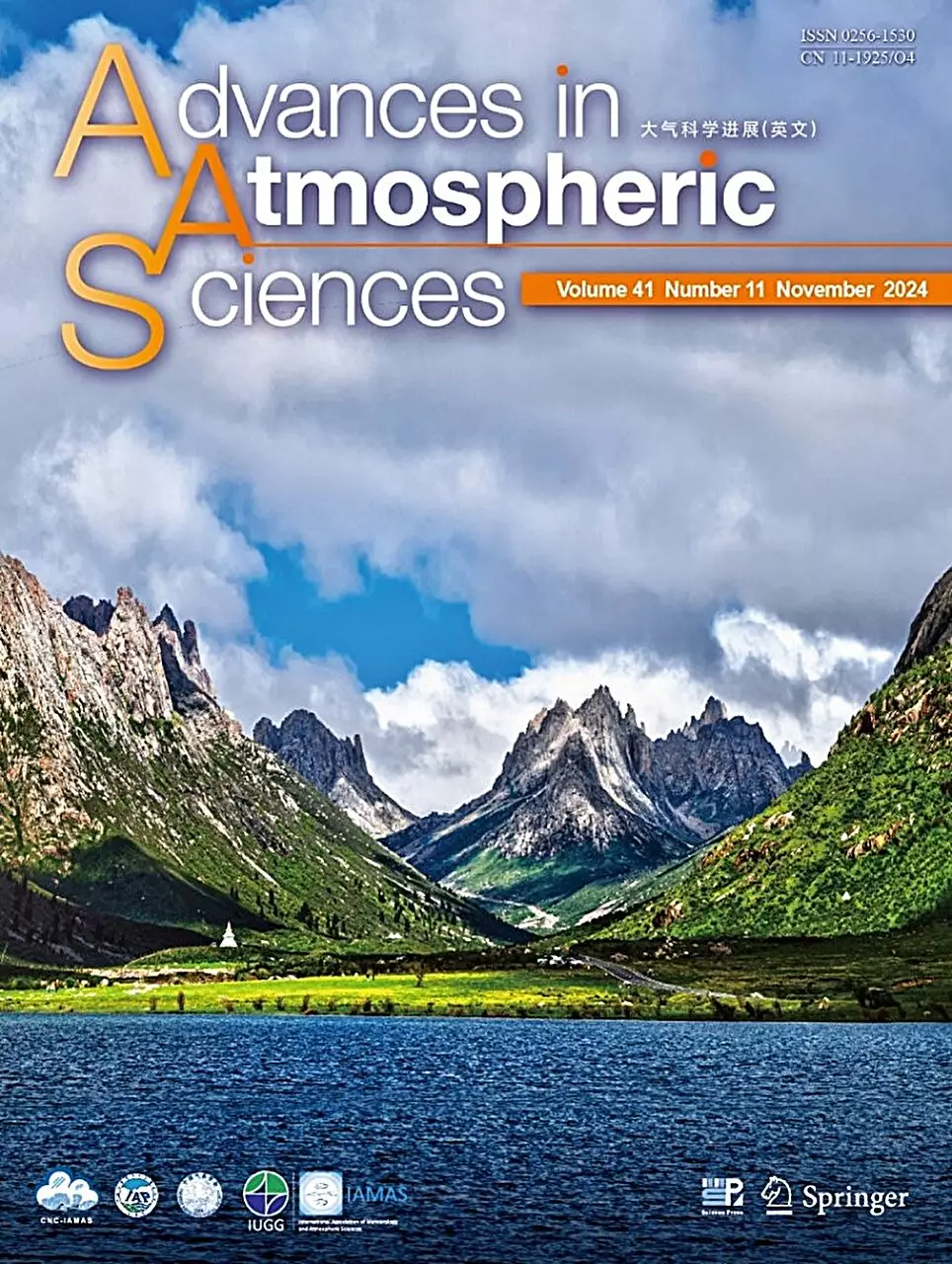Precipitation serves as both a vital resource and a potential hazard in many regions around the world. It is essential for agriculture, replenishing vital water sources, and maintaining ecosystems. However, it can also trigger devastating events such as floods and landslides that threaten human safety and livelihoods. Consequently, grasping the dynamics of precipitation, including its various forms and occurrences, is paramount. Predicting and accurately classifying these types helps in mitigating the adverse impacts on communities, particularly in complex geographical settings where weather phenomena are not easily observed.
One such challenging environment is the Tibetan Plateau, renowned for its imposing elevation and spectacular landscapes. Known as “the Roof of the World,” this area poses unique obstacles for scientists seeking to study weather patterns. The high altitude significantly affects meteorological measurements, complicating both ground observations and satellite data interpretation. Because the plateau’s elevation approaches the freezing level in the atmosphere, distinguishing between different types of precipitation—like rain, snow, and hail—becomes particularly problematic.
This misclassification can have serious implications for weather forecasting, as it directly impacts disaster management and the allocation of resources. Given these complexities, accurate data collection and analysis of precipitation types are crucial for surrounding communities relying on forecasts to prepare for potential hazards.
In a recent study published in **Advances in Atmospheric Sciences**, a collaborative research team led by Prof. Fu Yunfei from the University of Science and Technology of China (USTC) has tackled head-on the challenges of classifying precipitation on the Tibetan Plateau. They initiated their work by rigorously investigating the limitations of existing satellite-borne precipitation identification algorithms. Through their analysis, they uncovered that traditional methods often yield ambiguous results, especially during the summer months.
Historically, the classification of precipitation has been somewhat simplistic, often reducing complex weather phenomena to mere categories of convective or stratiform. This binary approach fails to take into account the diverse atmospheric conditions present in elevated regions like the Tibetan Plateau. To address this issue, Fu’s team devised a more intricate algorithm that considers multiple parameters, including maximum reflectivity factor, background maximum reflectivity factor, and echo top height.
By employing these comprehensive measures, the new algorithm refines precipitation classification into distinct categories such as “strong convective,” “weak convective,” “weak,” and “other.” This granular approach minimizes identification errors and enhances the accuracy of weather forecasts, which holds immense promise for mountain communities that are often marginalized in broader climatic studies.
The implications of this research extend beyond mere classification. With more precise meteorological data, local communities can better anticipate varying weather conditions, enabling them to prepare for both beneficial rains and potential disasters associated with severe weather events. While the new algorithm significantly advances the current understanding of precipitation dynamics in high-altitude regions, researchers acknowledge that the work is far from complete.
Prof. Fu cautions that further study is needed to confirm the presence of stratiform precipitation over the Tibetan Plateau, particularly during summer months. The detection of these weather types remains elusive due to various influences that complicate satellite radar measurements. Acknowledging these challenges opens the doorway to future research opportunities that not only advance scientific knowledge but also improve the lives of individuals living in these mountainous areas.
Overall, this groundbreaking study exemplifies the importance of tailored methodologies in understanding the complexities of precipitation, especially in regions characterized by unique geographical and climatic features. By embracing the intricacies of natural phenomena, researchers like Fu and his colleagues pave the way for better forecasting practices, which can ultimately mitigate the risks associated with extreme weather conditions in vulnerable communities globally.


Leave a Reply